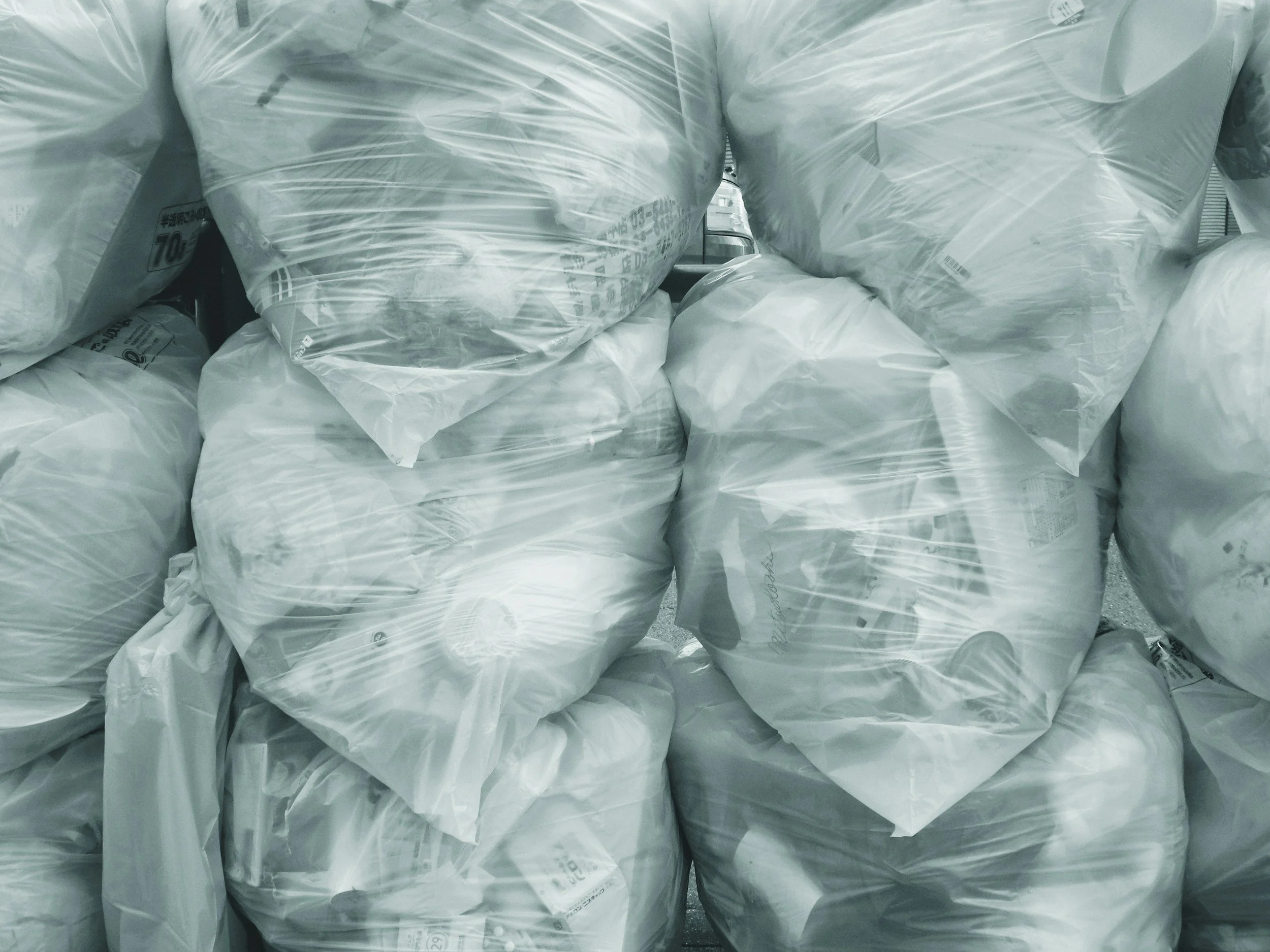The fashion industry produces far more clothing than the world needs, or can ever wear. Each year, billions of garments go unsold, are discarded, or get dumped, often far from the places where they were made or sold. While it’s easy to think of fashion waste as what we donate or throw away, the problem is much bigger than that—with overproduction, unsold inventory, and an industry built on volume.
1) Where does all this waste come from?
Understanding where all that excess clothing ends up, and how it impacts communities and the environment, is a crucial step toward more making more sustainable choices as a consumer.
Overproduction is built into the business model: Global clothing production doubled between 2000 and 2015. Brands routinely overproduce to meet trend cycles and sales projections, knowing that much of it will never sell.¹
Unsold inventory is often destroyed or dumped: When items don’t sell, many brands burn or shred them, or export them in bulk to countries that didn’t ask for them. You’ve probably seen the images of massive clothing heaps in Chile’s Atacama Desert, for instance, which has become an unofficial dumping ground for unwanted clothing, with an estimated 39,000 tons piling up each year.²
Returns are a hidden source of waste: Returned clothing, especially from fast fashion and online purchases, is often not resold. Instead, it’s incinerated, landfilled, or sent abroad, because that’s cheaper than restocking.
2) What happens to discarded clothing?
Landfills and incinerators are the default: The U.S. alone sends over 11 million tons of textile waste to landfills annually. Synthetic fabrics like polyester can take centuries to decompose and release harmful chemicals and microplastics as they break down.³
Dumping harms communities abroad: Clothing exported under the guise of reuse is often unwearable. Countries like Ghana, Kenya, and Chile are left to manage mountains of textile waste, which clogs landfills, pollutes waterways, and damages local industries.⁴
Burning isn’t a solution: Garment incineration is common, especially in Europe. It reduces volume but releases carbon emissions and toxic pollutants into the air (especially when burning synthetic fabrics). It displaces the waste without eliminating the harm.⁵
3) What about donations?
Only a small fraction is resold locally: Just 10-20% of donated clothing actually sells in secondhand stores. The rest is downcycled, landfilled, or shipped abroad.⁶
Most donations don’t reduce waste—they just displace it: Overseas, clothing is sold by the kilo at markets, where quality varies wildly. Damaged or unwearable items are often dumped nearby, forming visible mountains of waste, sometimes just yards from homes or waterways.
Donations can undermine local economies: The flood of cheap, secondhand clothing can overwhelm textile industries, especially in places where clothing imports outpace domestic production.
4) What can consumers do?
Buy less, choose better: The best way to reduce waste is to buy only what you’ll truly use, and and choose quality items that last.
Donate with care: Only donate items that are in good condition.
Check for textile recycling programs: For items that are no longer wearable, look for textile recycling programs. Many cities offer them, and there are online services that do too.
Check for take-back programs: Some retailers now offer textile take-back programs.
Shop at secondhand shops or online resale platforms: Buying secondhand keeps clothes in circulation and out of landfills.
Sources:
Ellen MacArthur Foundation: A New Textiles Economy
EcoWatch: Chile’s Atacama Desert: Where Fast Fashion Goes to Die
U.S. Environmental Protection Agency: Textiles: Material-Specific Data
OR Foundation: Dead White Man’s Clothes (Ghana)
Earth.org: Fashion Waste: Why Brands Are Burning Clothes
Council for Textile Recycling: Textile Recycling Facts and Figures

